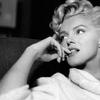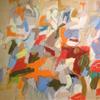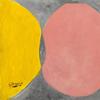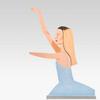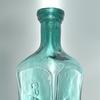Corot in California, July 4 - October 11, 2009
- SANTA BARBARA, California
- /
- July 20, 2009
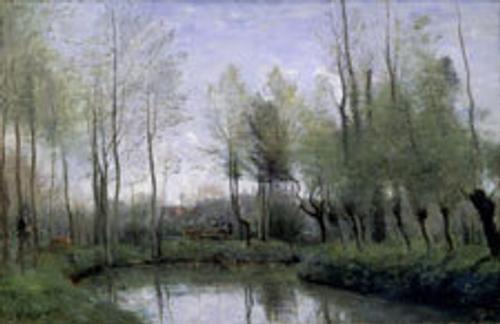
Corot was the most absorbing, respected, and influential landscape painter in France in the generation before Impressionism. He was much beloved by his peers and collectors alike, and remains an important figure whose exploration of the light and poetry of the French and Italian landscape still resonates today.
The Santa Barbara Museum of Art is pleased to present more than a dozen paintings, plus several prints and drawings, representing the first exhibition devoted to the art of Jean-Baptists-Camille Corot (1796-1875) in California, and the first in the United States since the major survey in 1996. Drawing from private and public collections, including the Legion of Honor in San Francisco, the J. Paul Getty Museum, and SBMA’s own permanent collection, the presentation examines Corot’s development as an artist, from his first views of Rome to his late, delicately-painted landscapes, both real and ideal.
Before developing into the leading painter of the Barbizon school of France in the mid-19th century, Corot originated from a moderately well-off family whose house in Anvers, about 20 miles southwest of Paris, remained his home for his entire career. Apprenticed to a fabric designer, Corot finally gained the courage to become a painter only at the age of 26, as he was shy and socially awkward all his life.
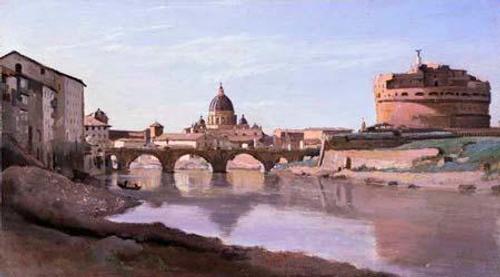
His first experience of Italy, from 1826 to 1828, was a critical moment for him when he captured the strong, warm light and golden ruins with a fresh and vivid directness. Corot's sketches in Italy have been among his most highly prized works for the last century. The exhibition is fortunate to include four Italian sketches as well as two other early sketches.
As he matured, Corot developed a soft, silvery light and touch that cast even his views of real places in the poetic light of memory. Corot stated: “What there is to see in painting, or rather what I am looking for, is the form, the whole, the value of the tones…That is why for me the color comes after, because I love more than anything else the overall effect, the harmony of the tones, while color can give a kind of shock that I don’t like.”
These pictures, which married the classical landscape conventions of such earlier French masters as the 17th-century painter Claude Lorrain to the specifics of northern French light and scenery, were the basis of Corot’s reputation in his own day, and avidly collected by Americans, then and to this day.
Such a strong demand for his work developed that a significant amount of forgeries were produced sixty years after Corot’s death. The famous quip by the Louvre curator René Huyghe is a humorous punctuation, “Corot painted three thousand canvases, ten thousand of which have been sold in America.” The artist’s relatively easy-to-imitate style and his encouragement of his students to copy his works; his habit of touching up and signing student and collector copies; and his lending of works to professional copiers and rental agencies all contributed to the problem.
Despite the flurry of problem pictures that abound, the SBMA exhibition allows the visitor to see Corot at his best by showing only those works that are both unquestionably genuine and of the highest quality. In these, one is able to understand why California landscape painters have used Corot’s works as a touchstone from the 19th century until the present day.
The Santa Barbara Museum of Art is a privately funded, not-for-profit institution that presents internationally recognized collections and exhibitions and a broad array of cultural and educational activities as well as travel opportunities around the world.
Santa Barbara Museum of Art, 1130 State Street, Santa Barbara, CA.
Open Tuesday - Sunday 11 am to 5 pm. Closed Monday. Free every Sunday.
805.963.4364 www.sbma.net
Contact:
Katrina Carl(805) 884-6430
kcarl@sbma.net
1130 State St.
Santa Barbara, California




